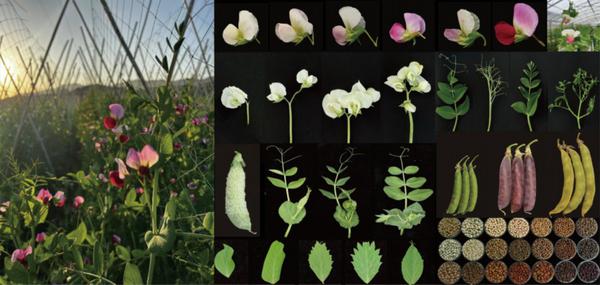
Scientists Decode Mendel's Pea Traits, Revolutionizing Agricultural Genetics
Scientists Decode Mendel's Pea Traits, Revolutionizing Agricultural Genetics
A team of international scientists, primarily from China and the United Kingdom, has successfully identified the genetic variants behind all seven traits that Gregor Mendel used over 160 years ago to establish the basic laws of inheritance. This groundbreaking research, published in the journal Nature, resolves long-standing mysteries in classical genetics and opens new avenues for precision breeding and crop improvement.
The study, titled Genomic and genetic insights into Mendel's pea genes, was led by Cheng Shifeng, a professor at the Agricultural Genomics Institute at Shenzhen, Chinese Academy of Agricultural Sciences, in collaboration with Noam Chayut and Noel Ellis from the UK's John Innes Centre. By combining modern genomics, high-throughput phenotyping, and computational biology, the team revisited Mendel's landmark 1865 experiments with garden peas.
Mendel's work laid the foundation for understanding genetic inheritance, including the laws of segregation and independent assortment. While most of the genes behind his seven trait pairs—such as round vs. wrinkled seeds and tall vs. short plants—had been identified in recent decades, three traits remained unresolved: pod color, pod shape, and flower position. The team's research has now identified the specific genes and mutation mechanisms responsible for these traits.
Key findings include:
- Pod Color: The yellow-green variation in pea pods results from disrupted regulation in the final step of chlorophyll biosynthesis.
- Pod Shape: Controlled by two independent yet functionally interconnected developmental genes.
- Flower Position: Governed by a gene encoding a co-receptor-like kinase.
The researchers analyzed over 700 pea population samples and constructed high-resolution genetic variation maps, linking more than 70 additional agronomic traits to thousands of genetic markers. These genomic resources are expected to accelerate the development of improved pea varieties through AI-powered predictive models and molecular marker-assisted breeding.
This study not only completes the genetic story that Mendel began but also provides powerful tools for advancing agricultural science and crop improvement.

